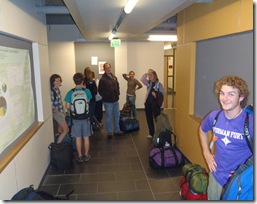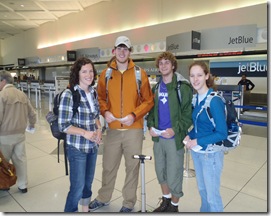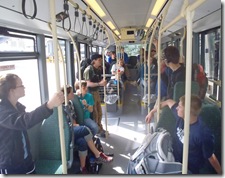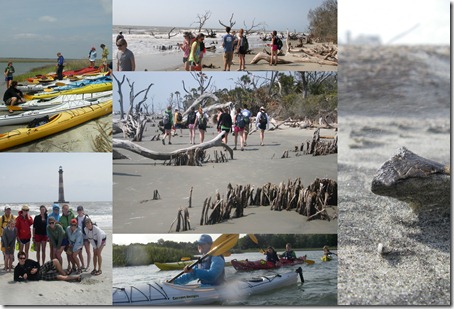By Tina Underwood
 Professor Brannon Andersen, Ph.D., has been awarded a Fulbright Scholarship for teaching and research at the University of Zadar in Croatia during the 2014-15 academic year.
Professor Brannon Andersen, Ph.D., has been awarded a Fulbright Scholarship for teaching and research at the University of Zadar in Croatia during the 2014-15 academic year.
Through the grant, Dr. Andersen will be affiliated with the Department of Ecology, Agronomy and Aquaculture, as well as the Department of Geography, at the University of Zadar. His teaching focus at the university will be increasing capacity in the areas of biogeochemistry and sustainability science. His research will be centered on methods of increasing organic carbon in degraded agricultural soils.
“With Furman as the only undergraduate liberal arts institution with a sustainability science major, we have much to offer other universities that are looking to strengthen their sustainability programs,” Andersen said. “My time in Croatia will allow me to contribute not only to a growing academic program at University of Zadar, but to also exchange ideas about how agroecological methods of farming could restore soil heath, sequester carbon dioxide from the atmosphere, provide a sustainable source of food, and improve water quality.”
Andersen said Croatia faces similar problems with degradation of agricultural soils as South Carolina, and his work in Croatia will help determine if agroecological methods being used by local farmers in the Upstate, such as intensive grazing, are transferable to Croatia.
The Fulbright Program, established in 1946, is the flagship international educational exchange program sponsored by the U.S. government and is designed to increase mutual understanding between the people of the United States and the people of other countries. Recipients of Fulbright grants are selected on the basis of academic or professional achievement, as well as demonstrated leadership potential in their fields. The program operates in more than 155 countries worldwide.
Andersen joined the Furman faculty in 1994 after completing his Ph.D. at Syracuse University. He is trained in geology, but has transitioned into an environmental scientist with a focus on biogeochemistry and sustainability science.
Andersen has been chair of the Earth and Environmental Sciences department since 2009, was named the Henry and Ellen Townes Professor of Earth and Environmental Sciences (1998-2000), the Association of Furman Students Faculty Member of the Year (2003-2004), a South Carolina Independent Universities and Colleges Teacher of Excellence (2008), and a Howard Hughes Medical Institute Distinguished Undergraduate Research Mentor (2010).
Andersen is also an adjunct professor in the School of the Environment at Clemson University and an associate editor for the journal Environmental Geosciences.
– See more at: http://newspress.furman.edu/2014/04/andersen-receives-fulbright-scholarship/#sthash.DhJJKVsI.dpuf





![clip_image002[6]](https://blogs.furman.edu/ees/files/2010/09/clip_image0026_thumb2.jpg)










